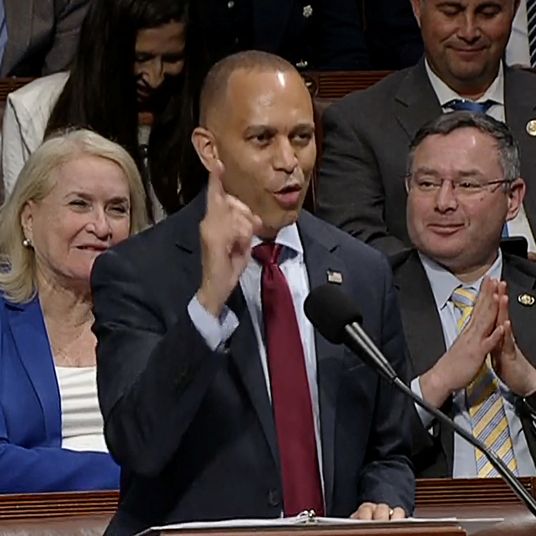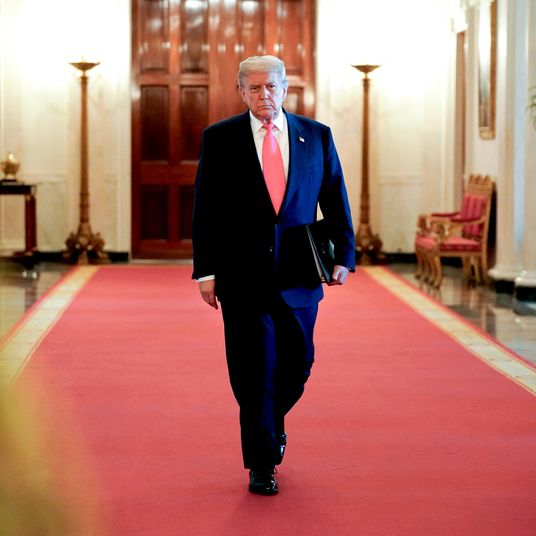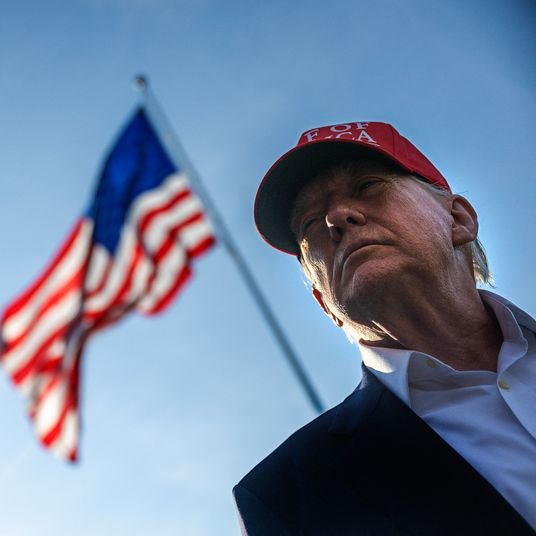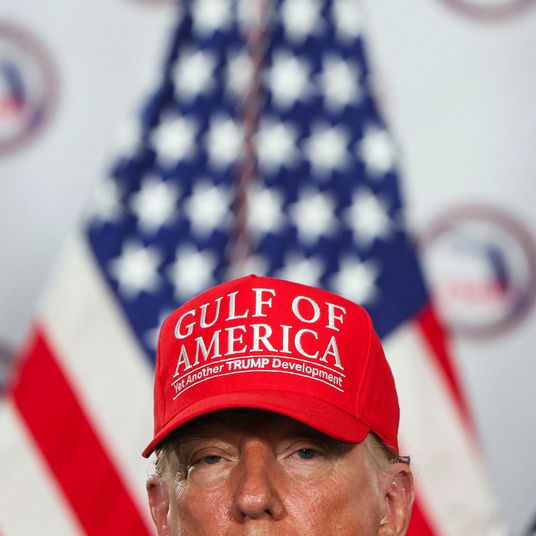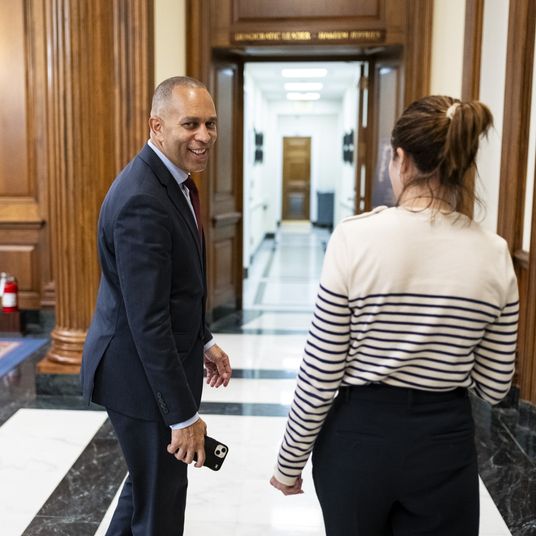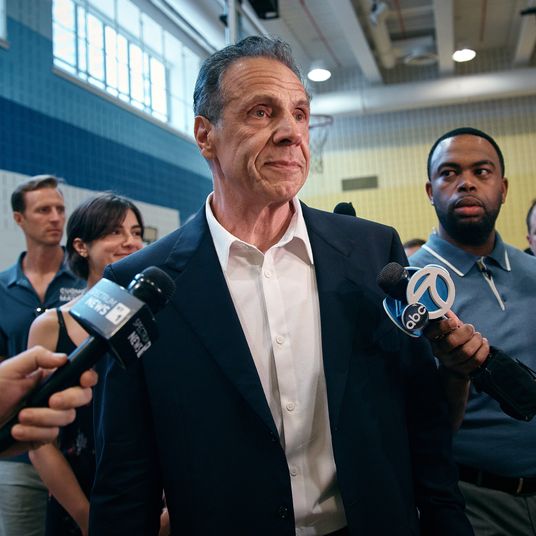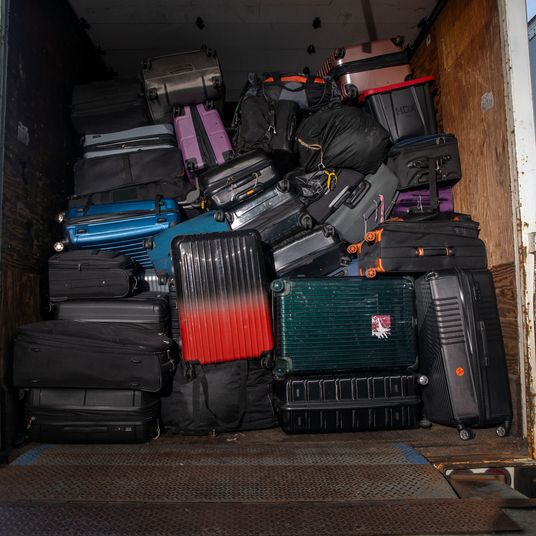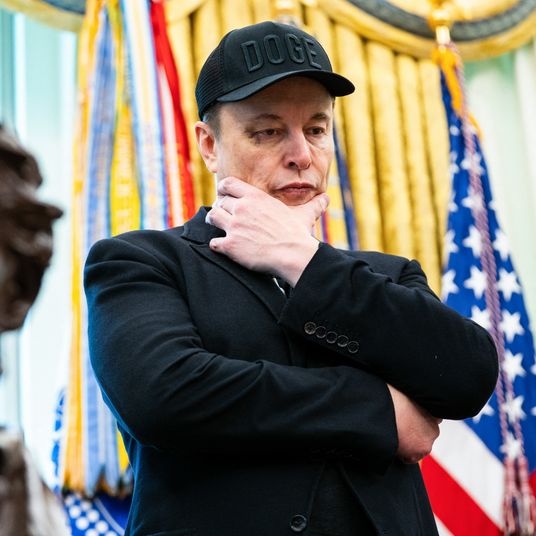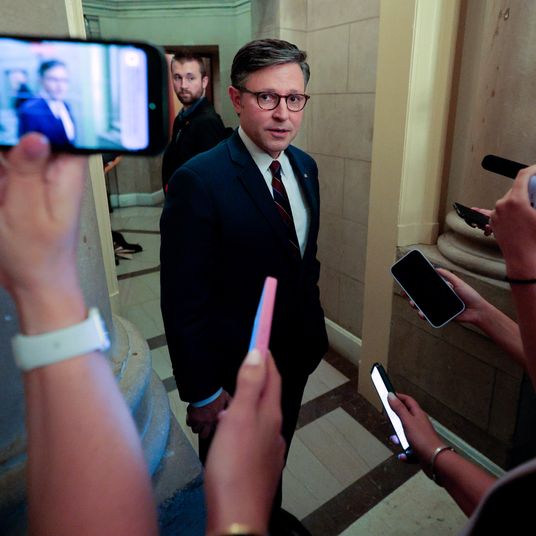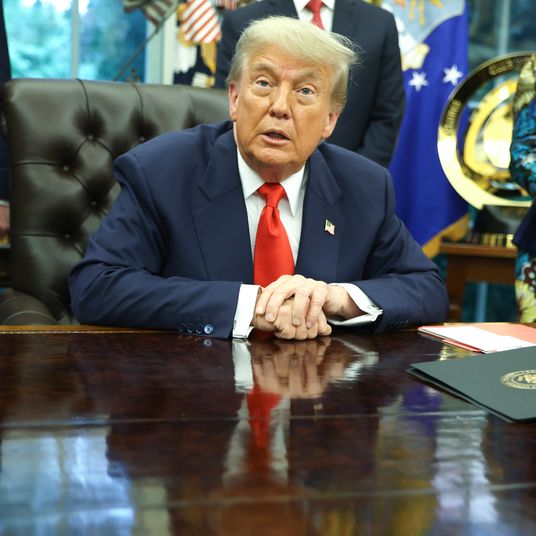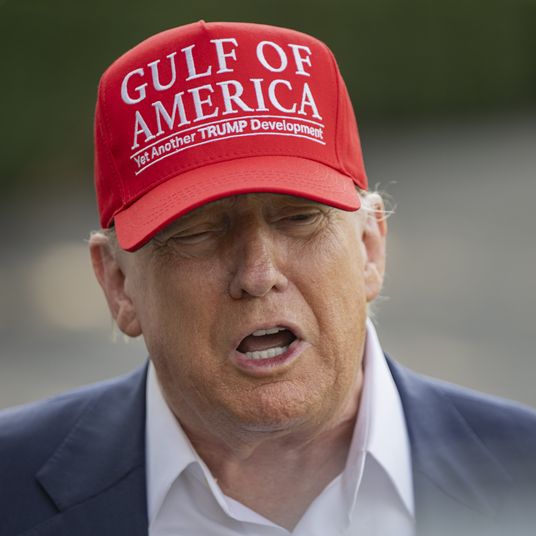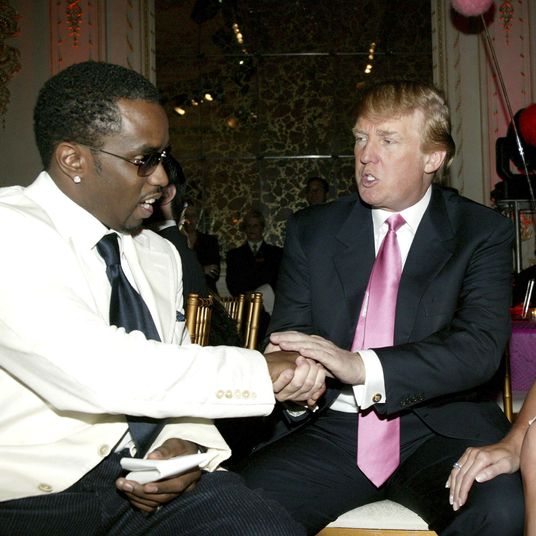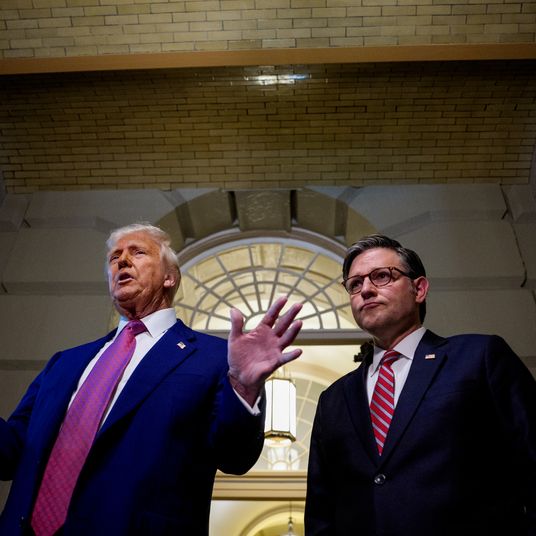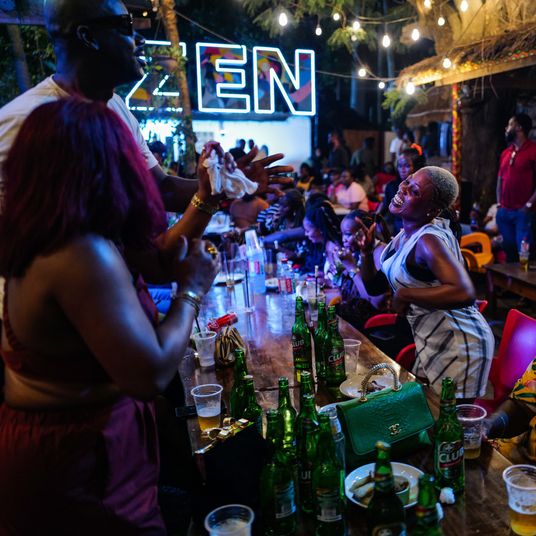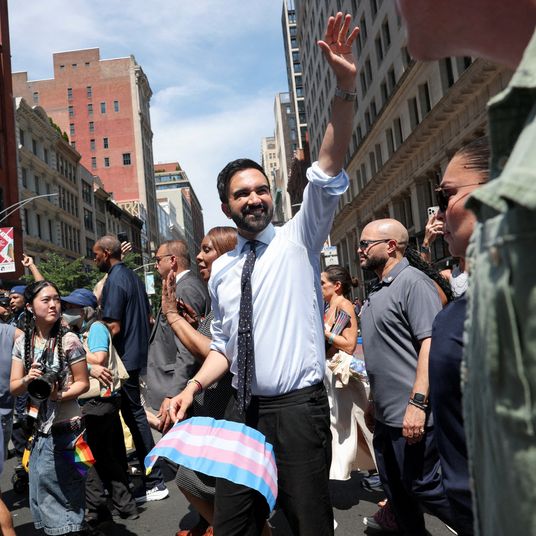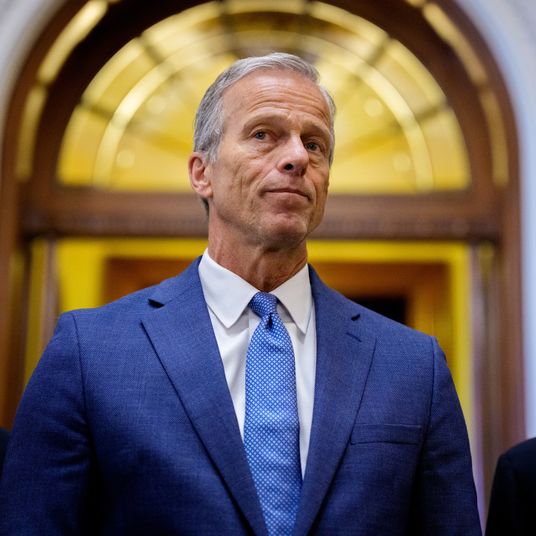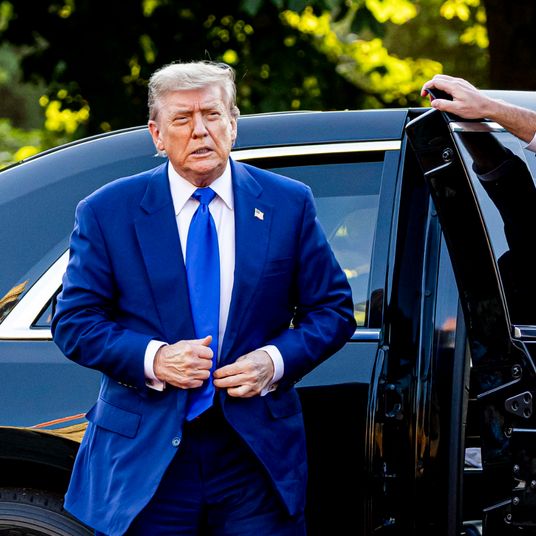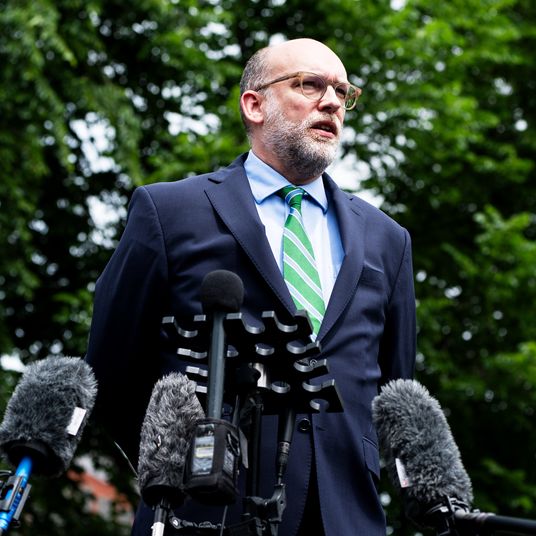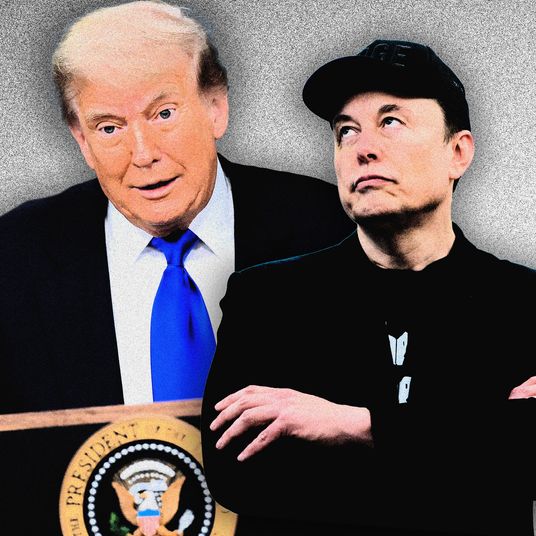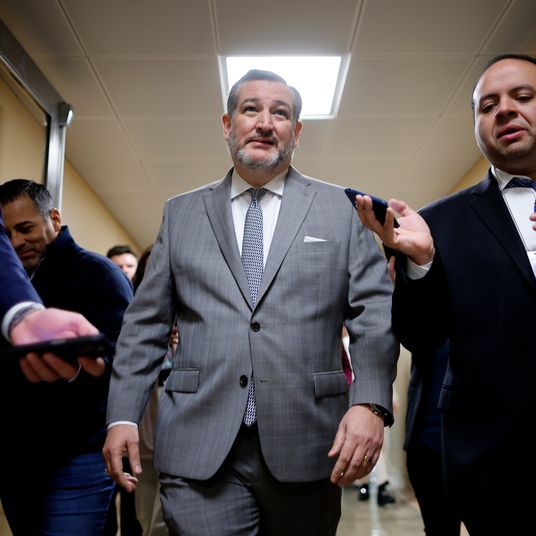
The biggest sporting event on the planet is not the Olympics — it’s not even close. It’s the World Cup, specifically the men’s World Cup. (While the women’s World Cup has grown dramatically in the past two decades and regularly bests the men’s World Cup in American television ratings, in terms of revenue and scope I’m sad to say it’s also not even close.) There is no sporting event like the World Cup. It is the one true global event for the one sport that the entire world is absolutely mad about, the one sport everybody plays. Even the most recent World Cup, in Qatar, played out of season with a compressed game schedule under an authoritarian regime in a country where you couldn’t even buy a beer at the stadium, brought in $7.5 billion in revenue in three weeks. Nothing is bigger than the World Cup.
And next year — in now less than a year — it is coming here.
Specifically, it’s coming to the United States, Mexico, and Canada, three countries that have traditionally cooperated on the global stage, whose joint bid in 2018 was assumed to be rock solid, even if now it looks a little less so. When President Donald Trump met in the Oval Office with FIFA president Gianni Infantino last month, he was asked whether the three countries would still be able to cooperate. His response was less than reassuring. “Oh, I think it’s going to make it more exciting,” he said. “Tension’s a good thing.” And that was before the ICE crackdown was kicked into overdrive. Can you imagine where we’ll be in a year?
The first match of the 2026 World Cup will be in Mexico City on June 11, 2026; the first match in America (where most matches will be played) will take place on June 12 at SoFi Stadium in Los Angeles. It will be on us before you know it. And it is fair to say that the biggest sporting event on the planet will be arriving at a time when the United States is, well, perhaps not at its best.
One year out, how are things looking? Not great. There are ominous signs everywhere.
1.
The Club World Cup is a disaster.
It is entirely possible that you have not noticed there is in fact a major international soccer tournament taking place in the United States right now. Messi’s playing in it, and Vini Jr., and Kylian Mbappé. It’s a real tournament. But the FIFA Club World Cup, which ostensibly was meant to bring the best club teams in the world to the United States as a test run for the big show next year, has been an undeniable flop. Television ratings have been a flatline, huge football stadiums have been roughly one-third full, and many international fans, in particular, have stayed away, lest they be targeted at ports of entry — or in the parking lot. It’s also happening at a time, as you may have noticed, that it’s oppressively hot; Chelsea’s coach canceled a practice in Philadelphia, saying it’s “impossible” to train in these conditions. The tournament, with 32 teams, is far too bloated, and it’s clearly not breaking through a crowded sports calendar.
The World Cup is a different animal, of course, but that most people don’t even know the big precursor tournament is even happening, and many of those who do may be afraid to attend, is maybe not the ideal test run.
.
The U.S. Men’s National Team is a mess.
The USMNT is actually playing in another international tournament right now, the Gold Cup, where they just advanced to the knockout round to play Costa Rica on Sunday night. I suspect you didn’t know about that either. The Gold Cup is never that big of a deal, but this year’s USMNT is in a particularly awkward spot. Most of its best players are skipping the tournament including star Christian Pulisic, which prompted American soccer legend Landon Donovan to criticize Pulisic on one of the telecasts and ultimately led to an extremely stupid online feud. But even USMNT coach Mauricio Pochettino got after Pulisic for not playing, which is a particular problem because, as silly as the Gold Cup kind of is, this is for all intents and purposes the last “major” tournament the USMNT will play in together before the World Cup itself.
Ordinarily, a team comes together during qualifying, but because the U.S. is one of the hosts, its automatically entered into next year’s tournament. Which means this is as unified as this team is going to be — which is not at all. The World Cup has expanded from 32 teams to 48 next year, which theoretically would mean an easier road for the U.S. team. But an early exit — which is certainly what all this turmoil is foreshadowing — would be a nightmare for a U.S. soccer establishment that has been pointing toward this World Cup as a pivotal moment that would expand exponentially on the excitement generated by the last World Cup the U.S. hosted in 1994. After that tournament, the sport’s popularity exploded in the U.S., and it ultimately led to the founding of the MLS.
.
We aren’t sure who even will be able to compete.
Last week, the Senegalese women’s national basketball team canceled a training camp it had set up in the United States to prepare for the upcoming Women’s AfroBasket tournament in Ivory Coast. The reason will probably not surprise you: Several players on the team were denied visas. The State Department wouldn’t say why they were denied, but considering Senegal is one of the 25 African countries the Trump administration is considering imposing travel restrictions on, it’s not difficult to guess.
The administration says that World Cup teams will all be able to enter the U.S. and compete next year, regardless of what country they’re from, but it’s telling that Vice-President J.D. Vance felt obliged to add in a disclaimer about the teams’ visiting fans: “Of course everyone is welcome to come and see this wonderful event. We want them to come, we want them to celebrate, we want them to watch the games. But when the time is up we want them to go home, otherwise they will have to talk to Secretary Noem.” That is, fair to say, not in the generally assumed spirit of the open-armed athletic competition that the World Cup (and the Olympics, and any international competition) has come to represent.
Right now there are potentially 41 countries that could end up on Trump’s travel-ban list, including Iran, which has already qualified, and likely qualifiers Congo, Venezuela, Senegal, Egypt, Ivory Coast, and Ghana. There may be more countries added between now and then too. The last two World Cup tournaments were held in Qatar and Russia and did not have this issue. The one about to be held in the United States very much will. So that’s not great.
.
Who knows where the U.S. will be politically by the time it gets underway.
If you can tell us where we’re all going to be in a year, please do so: A lot of us are pretty curious! But, the World Cup is a massive endeavor, requiring meticulous organization and, in this case, coordination with two neighbors with whom we haven’t exactly been seeing eye to eye with. It requires stability and is usually an event during which host countries strive to put their best face forward at a moment in which the entire planet is watching. Does America feel like a stable environment to you right now? The entire country has been turned upside down in just six months; it’s impossible to fathom where we’ll be in 12 more. And you know Trump will want to make the World Cup as much about him as he can. Who knows what he might say or do?
It is to FIFA’s great misfortune — and, really, to all of ours — that the first World Cup to happen in the U.S. in more than three decades is going to be at a time when the country is so closed off, if not openly hostile, to so many of the world’s people as well as its own. The world is literally sending its best at a time when we’re kind of at our worst. Though maybe the games themselves will be so good they’ll help drown all that out, if only for a little while.
More on Games
- Kevin Durant and the Diminishing Value of Older Athletes
- Pablo Torre Won’t Stop Talking
- The Misguided Attempt to End College Sports’ Wild West Era

